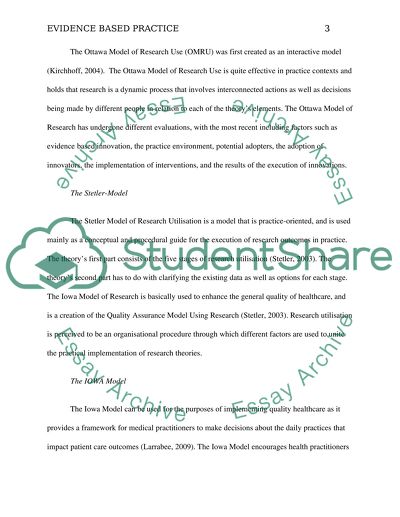Cite this document
(“The Use of Evidence Based Practice in Nursing Essay”, n.d.)
Retrieved from https://studentshare.org/nursing/1498578-the-use-of-evidence-based-practice-in-nursing
Retrieved from https://studentshare.org/nursing/1498578-the-use-of-evidence-based-practice-in-nursing
(The Use of Evidence Based Practice in Nursing Essay)
https://studentshare.org/nursing/1498578-the-use-of-evidence-based-practice-in-nursing.
https://studentshare.org/nursing/1498578-the-use-of-evidence-based-practice-in-nursing.
“The Use of Evidence Based Practice in Nursing Essay”, n.d. https://studentshare.org/nursing/1498578-the-use-of-evidence-based-practice-in-nursing.


